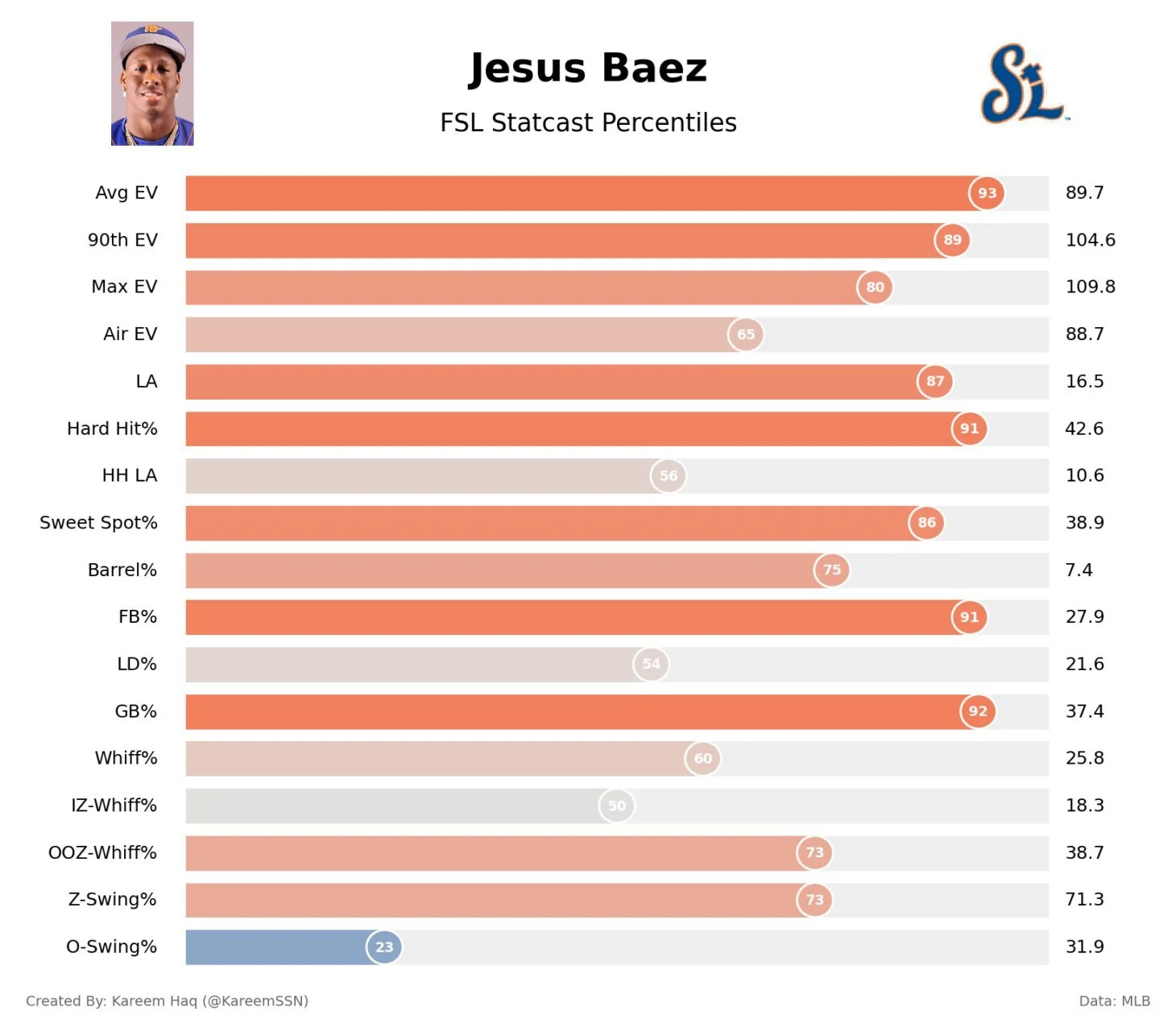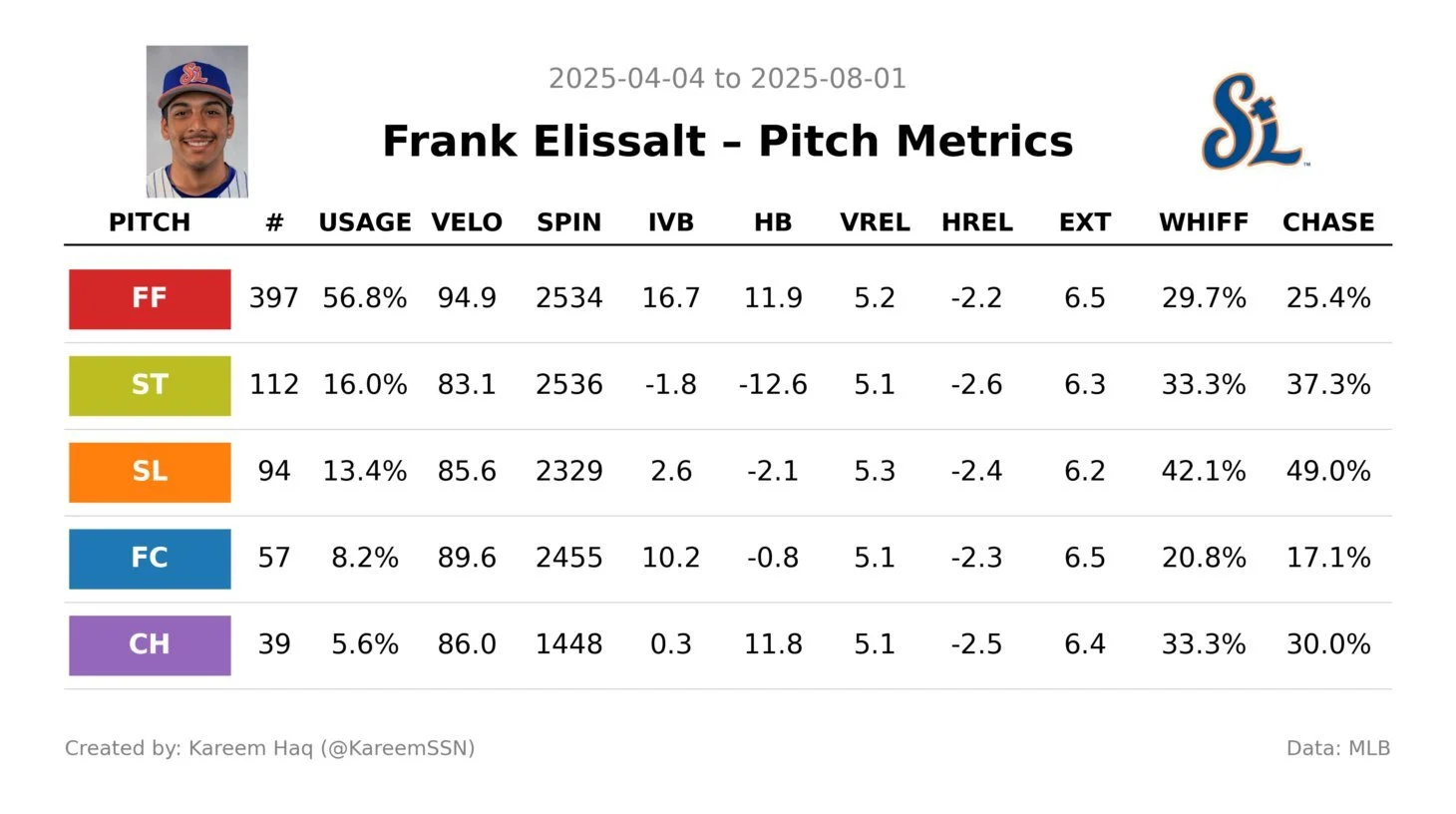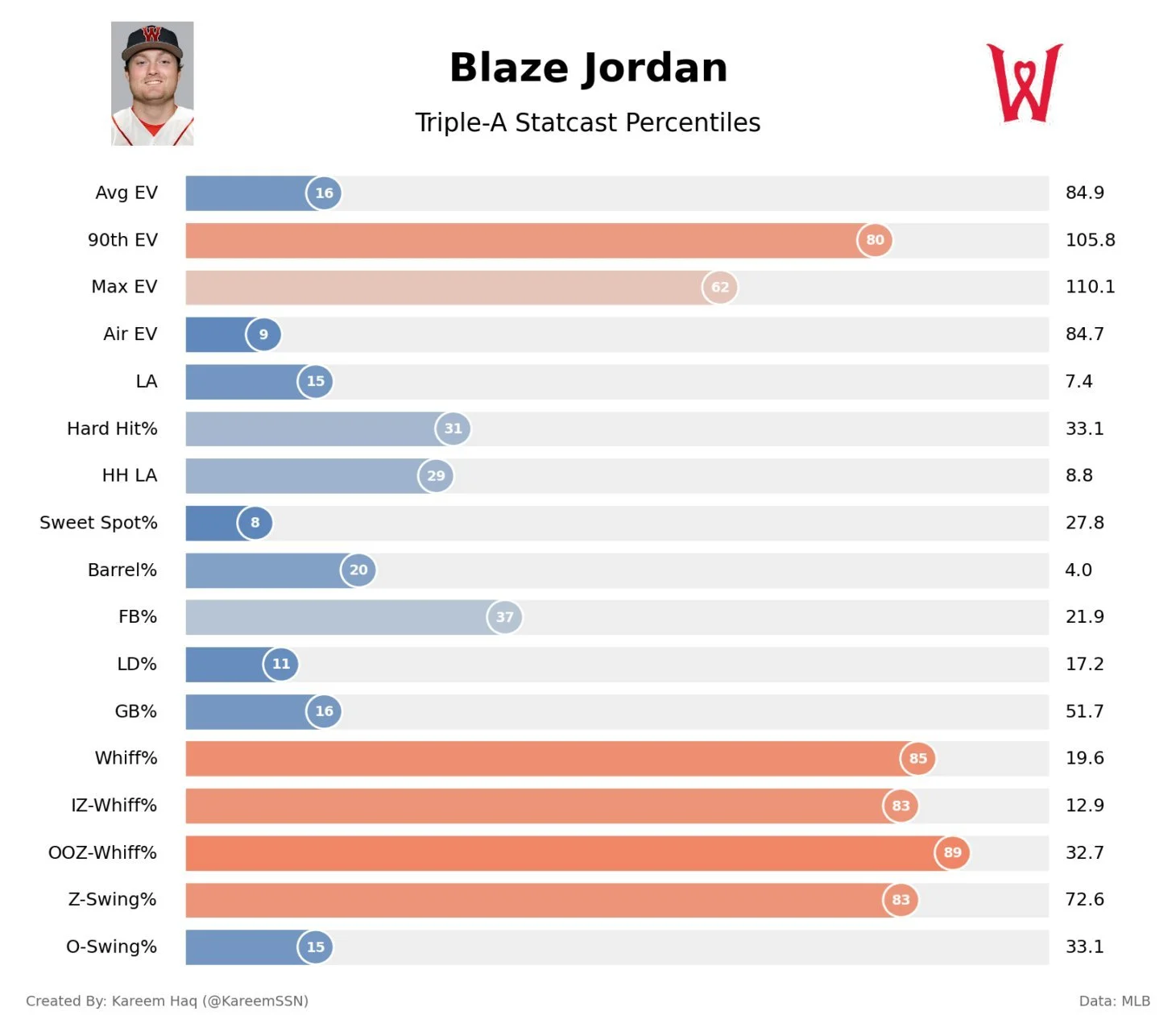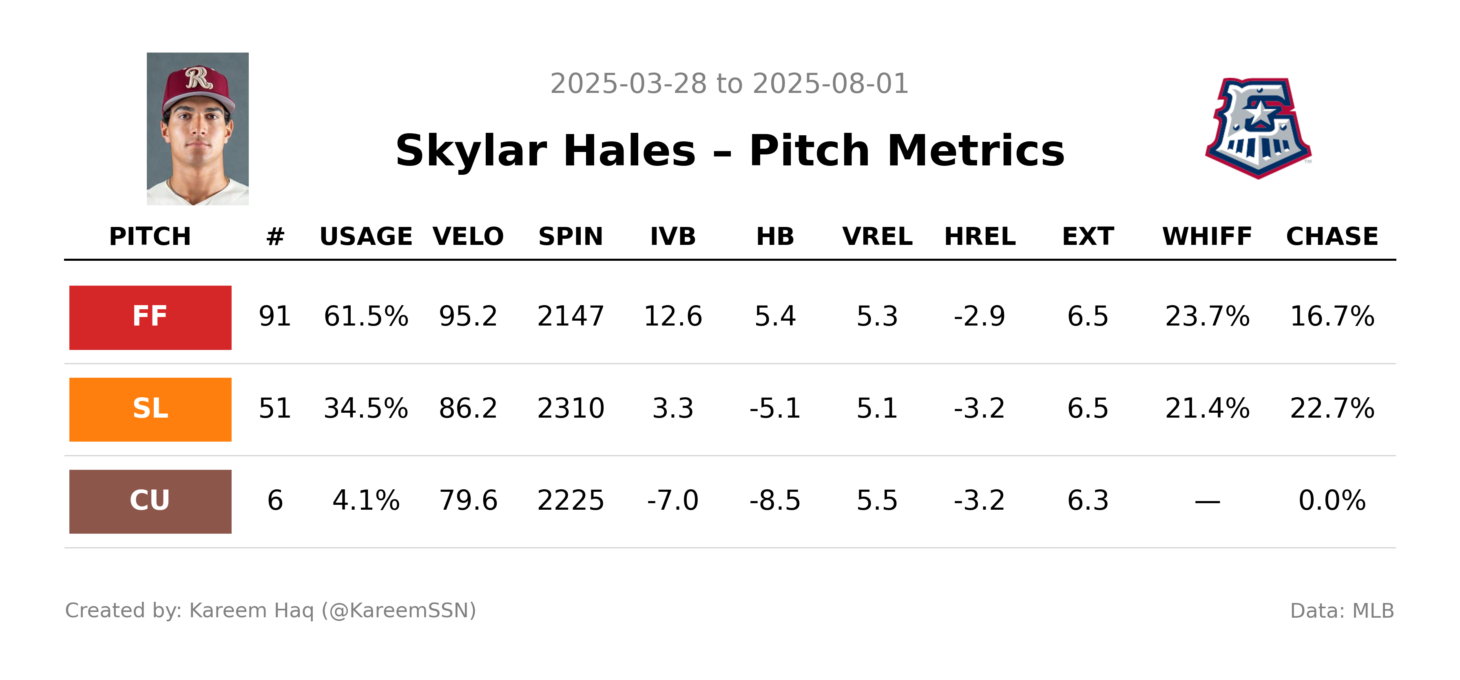How Did the Cardinals Fare at the 2025 Trade Deadline?
For months, the St. Louis Cardinals were at the center of debate: should they buy or sell at the 2025 Trade Deadline? There were compelling arguments on both sides, but as late July approached, the team found itself hovering around the .500 mark. After a tough stretch throughout the month, the Cardinals ultimately decided to sell and many fans supported the move. The front office made it clear they would be moving expiring contracts and were also open to offers on controllable hitters like Brendan Donovan, Alec Burleson, Nolan Gorman, and others. In this article, I will break down all three trades they made, grading each one individually—as well as the Cardinals’ overall performance at the deadline.
Ryan Helsley Trade
On July 30, the Cardinals traded longtime closer Ryan Helsley to the New York Mets in exchange for three prospects: Jesus Baez (ranked 8th), Nate Dohm (ranked 14th), and Frank Elissalt (unranked). Initially, many Cardinals fans were underwhelmed and upset with the return for Helsley. Why? Because they were comparing it to the Johan Duran trade. However, that comparison overlooks a key detail: Helsley was on an expiring contract, while Duran is still under team control. When you compare the Helsley deal to other trades involving relievers on expiring contracts, the Cardinals actually did quite well.
With that in mind, let’s take a closer look at the numbers for each of the players they received.
Jesus Baez
Baez is a 5’10” shortstop/third baseman with impressive projected power and arm strength, along with a solid hit tool and fielding ability. Heading into the 2025 season, Baez was ranked inside Baseball America's Top 100 Prospects after a strong 2024 campaign, during which he hit 11 home runs and posted a 120 wRC+ at just 19 years old.
In 2025, he got off to a slow start after returning from a knee injury that had sidelined him for the final month of the 2024 season. However, Baez appears to be getting back on track. He's raised his wRC+ to 124 and has hit 10 home runs in 70 games at High-A.
Baez has a unique blend of bat-to-ball skills and power potential, which is quite rare for someone his age. He posted above-average exit velocity numbers in the Florida State League last year and paired them with an adjustable swing that could make contact on pitches outside of the zone. He chases more than you’d like to see, and while he does a quality job of elevating, he also mishits a lot with infield fly balls. So, this isn’t someone who necessarily projects to hit for a high average, even with his bat-to-ball skills.
Nate Dohm
Dohm is a 22-year-old right-handed pitcher, standing 6'4" and weighing 210 pounds. He features a strong fastball, a sharp gyro slider, and a decent curveball. He also throws a changeup that shows some promise, though he’d benefit from generating more downward action.
In his first minor league season, Dohm has posted a 3–5 record with a 2.87 ERA over 62.2 innings pitched across 18 appearances (17 starts). The Cardinals have been in need of pitching that brings swing-and-miss potential, and Dohm certainly fits that profile. He currently boasts a 27.3% whiff rate, a strong 28.1% strikeout rate, and a walk rate of 8.3%. He also excels at getting hitters to chase outside the zone, with a chase rate of 33.1%-something the Cardinals' system has been lacking.
That said, there are some concerns with command. When hitters do make contact, they tend to hit the ball hard. Improving his consistency and command within the zone will be key for Dohm’s development.
Frank Elissalt
Frank Elissalt might be the most intriguing of the three prospects acquired. He’s 23 years old, standing 6'2" and weighing 210 pounds. Like Dohm, this is Elissalt’s first season in professional baseball. Between Low-A and High-A, he has posted a 4–5 record with a 3.04 ERA over 56.1 innings, along with 65 strikeouts.
I’m a big fan of his repertoire. He features an electric fastball, a big sweeper, and a sharp gyro slider, but his changeup might be the most fascinating pitch in his arsenal. He also mixes in a hard cutter to help bridge his arsenal.
Across the board, Elissalt’s numbers are impressive. He generates plenty of swings and misses, racks up strikeouts, limits walks, and rarely gives up hard contact. If the Cardinals can continue developing him properly, he’s definitely a name to keep an eye on.
Final Thoughts
I thought the Cardinals did a nice job with the return they got for a rental relief pitcher. These are young players who could really develop nicely, but they also help depth in the farm systems infield core and pitching. There is also a chance you could resign Helsley in the offseason, as he stated he’s wanting to come back to St. Louis
Trade Grade: A-
Steven Matz Trade
On the same night the Cardinals traded Ryan Helsley, John Mozeliak also dealt Steven Matz to the Boston Red Sox in exchange for first/third baseman Blaze Jordan. The fanbase had mixed emotions about the move-some loved it, while others found it underwhelming. Personally, I thought it was a good trade. I didn’t love it, but I wasn’t unhappy with it either.
Let’s take a look at why some fans were excited about the deal, and why others weren’t.
Blaze Jordan
I’m sure this is a name you’ve heard before and for good reason. At just 13 years old, Blaze Jordan was hitting 500-foot home runs and winning home run derbies, generating a ton of hype early on. In 2020, he was drafted in the third round by Chaim Bloom, who has reportedly been eager to reacquire the now 22-year-old.
Over his five-year minor league career, Jordan has hit .291 with a .351/.462/.812 slash line. His wRC+ has been consistently impressive across levels, hovering around 130, 140, and even reaching 160 at times. However, we still haven’t seen him fully tap into the elite raw power he’s known for. His highest single-season home run total is just 18, which feels underwhelming given his power potential given most seasons he’s landed in the 8–12 home run range.
Unlike his amateur days, Jordan doesn’t whiff nearly as much, despite having a high O-Swing%. Similar to Jesus Báez, he posts a strong 90th percentile exit velocity, but his average exit velocity is low at 84.9 mph. That might be due to him chasing pitches outside the zone, something the Cardinals may need to help him adjust. Improving his approach could lead to better average exit velocities and more power output.
Final Thoughts
There’s a lot of potential with Blaze Jordan’s bat and that’s what makes him exciting for me even thought he kind of stinks at everything else. This finally gives the Cardinals a first baseman in the farm system who will actually get a shot at the MLB level one day unlike Luken Baker. I expect Jordan to take Bakers spot by the time next spring comes around.
Trade Grade: B
Phil Maton Trade
In the final minutes of the trade deadline, the Cardinals completed their last move, sending Phil Maton to the Texas Rangers in exchange for Mason Molina (ranked No. 27 in the system) and Skylar Hales (ranked No. 28). Personally, I felt the Cardinals underestimated Maton's value and waited too long to move him.
Let’s take a look at the return.
Mason Molina
Mason Molina was the only part of this trade I was genuinely happy about. (No relation to Yadier.) He’s a 6'2", 230-pound, 22-year-old left-hander. While he had some struggles at Low-A, he’s really turned things around in his seven starts at High-A. So far, he’s 1–2 with a 2.63 ERA over 27.1 innings, striking out 30.
When it comes to his stuff, there’s nothing overly flashy, but his control helps him generate more swing-and-miss than you'd expect. His fastball sits 91–92 mph with good vertical movement for his arm slot, and he pairs it nicely with a changeup that grades out as a plus pitch. He also throws a curveball with impressive depth and a slider that he locates more consistently than the curve.
Skylar Hales
Hales is a 6'4", 220-pound, 23-year-old currently pitching at the Triple-A level. He has a 95 mph fastball with decent vertical movement for his arm angle, and at times, he can reach 100 mph. He throws two secondary pitches, both of which rate as league average or below. I don’t mind the slider, but the curveball is a pitch I would scrap.
His arsenal has yet to generate whiffs in a small sample at the Triple-A level, and he tends to get hit hard. He has also already walked six batters in seven appearances at the level, though that hasn’t been much of an issue for him previously. Despite already reaching Triple-A, Hales still has a lot of work to do to become a big-league-caliber reliever, but his velocity and arm angle give the player development group something to work with to help him get to that point down the road.
Final Thoughts
While I like the Mason Molina acquisition, I’m not a fan of the Hales pickup since it felt more like a throw-in. What does help improve the deal (and will likely boost the overall grade of the trade) is that the Cardinals were also able to acquire some international bonus pool money as part of the return.
Trade Grade: C
Overall Thoughts
Overall, I thought the Cardinals did a solid job with the players they acquired and helped deepen their farm system. However, it felt like they did the bare minimum at the trade deadline. I believe they should have considered moving JoJo Romero, especially with how expensive the relief market was. I also would have liked to see them explore trading a controllable bat like Lars Nootbaar or Alec Burleson. By not fully testing the market with other assets, they limited their return and that will ultimately hurt their final grade.
Final 2025 Trade Deadline Grade: D+






